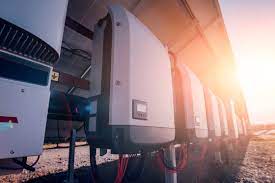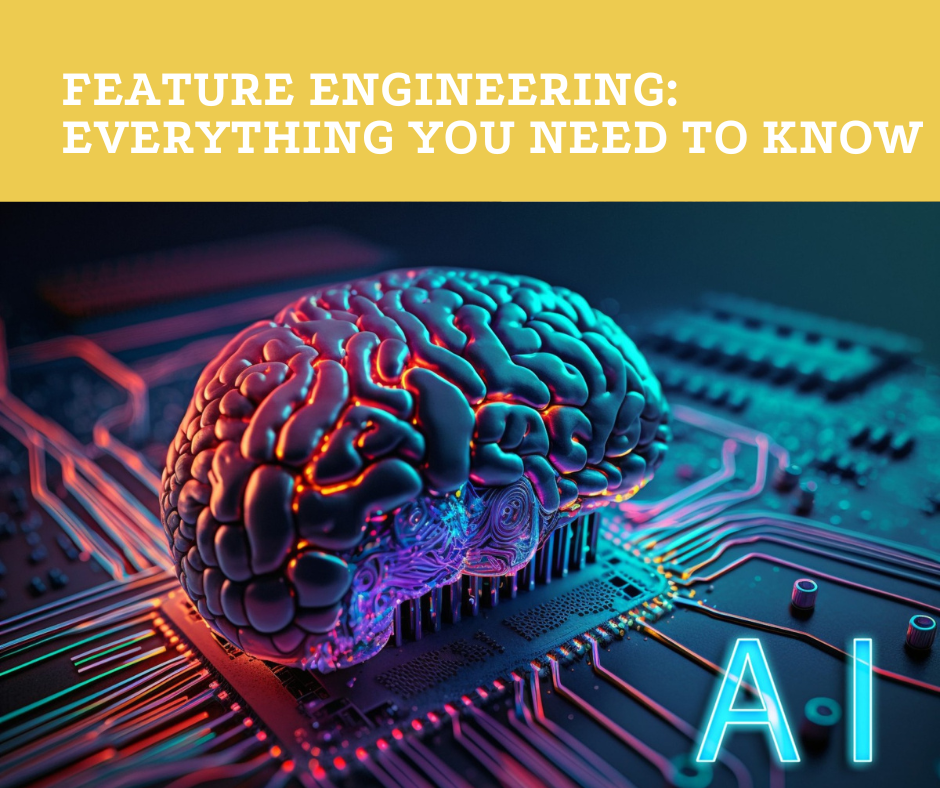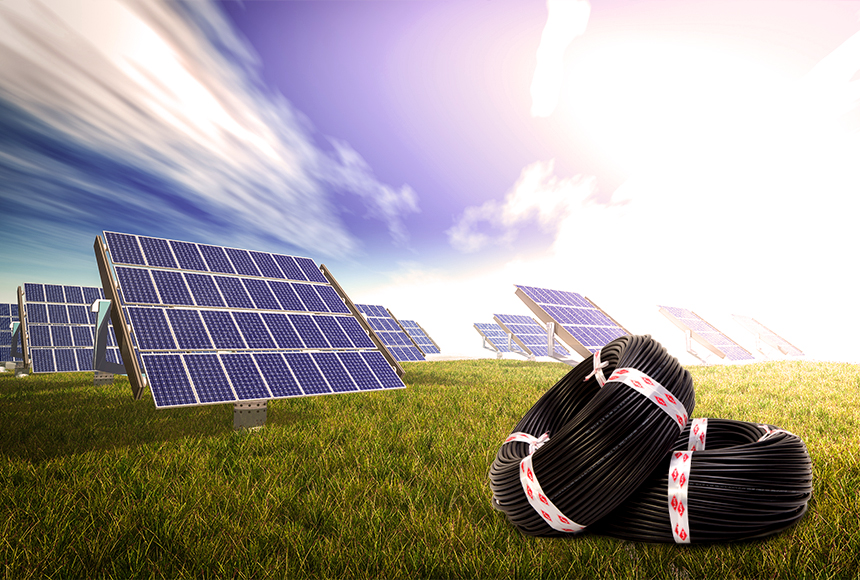When you think about harnessing the power of the sun, you might picture solar panels gleaming on rooftops, soaking up rays and transforming them into electricity. But there’s a key player in this energy transformation that often goes unnoticed: the solar inverter. So, why is the solar inverter so important to use? Let’s dive into the world of solar energy and uncover the crucial role that solar inverters play in making renewable energy a practical and efficient choice for homes and businesses alike.
What is a Solar Inverter?
A solar inverter is an essential component of any solar power system. Its primary function is to convert the direct current (DC) electricity generated by solar panels into alternating current (AC) electricity, which is the type of electricity used by most household appliances and the electrical grid. Without this conversion, the energy harnessed from the sun would be unusable for most practical applications.
Types of Solar Inverters
There are several types of solar inverters, each with its unique features and benefits:
- String Inverters: These are the most common type of inverters, typically used in residential and small commercial installations. They are connected to a series of solar panels (a string) and convert the DC electricity from the entire string into AC electricity.
- Microinverters: Unlike string inverters, microinverters are installed on each individual solar panel. This setup allows for independent operation of each panel, increasing the overall efficiency and reliability of the system.
- Power Optimizers: These devices work in conjunction with string inverters, optimizing the power output of each panel before sending the electricity to the inverter for conversion.
- Hybrid Inverters: Also known as battery-based inverters, these systems can manage energy storage and are capable of operating in both grid-tied and off-grid modes.
How Solar Inverters Work
The conversion process from DC to AC is the heart of a solar inverter’s function. Solar panels produce DC electricity when sunlight hits the photovoltaic cells. This DC electricity flows to the inverter, which then uses a series of electronic components to convert it into AC electricity. This AC electricity is then either used immediately by your home or business, or it is fed into the electrical grid.
Benefits of Using Solar Inverters
Solar inverters offer numerous benefits that make them indispensable in solar power systems:
- Efficient Energy Conversion: Solar inverters ensure that the maximum possible amount of energy from the solar panels is converted and used effectively.
- Grid Stability: They help maintain the stability and reliability of the electrical grid by providing a steady flow of electricity.
- Monitoring and Maintenance: Modern solar inverters come with advanced monitoring systems that allow users to track energy production and system performance in real-time, making maintenance easier and more efficient.
Solar Inverters and Energy Efficiency
One of the primary roles of a solar inverter is to maximize energy output from the solar panels. By optimizing the conversion process and reducing energy losses, solar inverters play a crucial part in enhancing the overall efficiency of the solar power system. This means more clean energy for your home and less reliance on fossil fuels.
Environmental Impact
Hybrid Solar inverters contribute significantly to reducing our carbon footprint. By facilitating the use of renewable solar energy, they help decrease greenhouse gas emissions and reduce our dependence on non-renewable energy sources. This positive environmental impact is one of the many reasons why solar energy is becoming an increasingly popular choice worldwide.
Grid-tied vs. Off-grid Inverters
Solar inverters can be classified into two main categories based on their connection to the electrical grid:
- Grid-tied Inverters: These inverters are connected to the public electricity grid and allow for the excess energy produced by your solar system to be fed back into the grid. This can often lead to credits or payments from your utility company.
- Off-grid Inverters: These inverters operate independently of the grid and are typically used in remote locations where grid access is not available. They often require a battery storage system to store excess energy for use when sunlight is not available.
Solar Inverter Installation
Installing a solar inverter involves several steps, including selecting the appropriate location, mounting the inverter, and connecting it to both the solar panels and the electrical grid or battery system. It is essential to follow safety guidelines and manufacturer instructions during installation to ensure optimal performance and longevity.
Maintenance and Longevity
Regular maintenance is key to ensuring the long life and efficient operation of your solar inverter. This includes cleaning the inverter’s components, checking for any signs of wear or damage, and ensuring that all connections are secure. Factors such as temperature, humidity, and exposure to the elements can also affect the lifespan of your inverter, so it is important to monitor these conditions regularly.
Technological Advancements in Solar Inverters
The solar industry is continuously evolving, with new technological advancements enhancing the performance and efficiency of solar inverters. Innovations such as smart inverters, which can communicate with the grid and adjust their output based on demand, are paving the way for a more integrated and resilient energy system. Future trends in solar inverters include increased use of artificial intelligence and machine learning to optimize energy production and system performance.
Common Issues and Troubleshooting
While solar inverters are generally reliable, they can encounter issues such as reduced efficiency, error codes, or complete failure. Common problems include overheating, grid compatibility issues, and wear and tear on electronic components. Troubleshooting typically involves checking connections, cleaning components, and resetting the system. If problems persist, it is advisable to seek professional assistance.
Choosing the Right Solar Inverter
Selecting the right solar inverter for your system involves considering several factors, including the size and type of your solar array, your energy needs, and your budget. It is also important to choose an inverter that is compatible with your solar panels and any other components of your system. Consulting with a solar energy professional can help you make an informed decision.
Conclusion
In summary, solar inverters are a critical component of any solar power system, enabling the efficient conversion of solar energy into usable electricity. They play a vital role in maximizing energy output, reducing environmental impact, and providing economic benefits. As technology continues to advance, solar inverters will become even more integral to the success and adoption of solar energy worldwide.
FAQs
- What is the lifespan of a solar inverter?
- Most solar inverters have a lifespan of 10 to 15 years, depending on the type and quality of the inverter, as well as the conditions in which it operates.
- Can I use a solar inverter without a battery?
- Yes, grid-tied inverters do not require a battery and can feed excess energy back into the grid. Off-grid systems typically require a battery for energy storage.
- How do I know if my solar inverter is working properly?
- Most modern solar inverters come with monitoring systems that display performance data. Regularly checking these readings can help ensure your inverter is functioning correctly.




